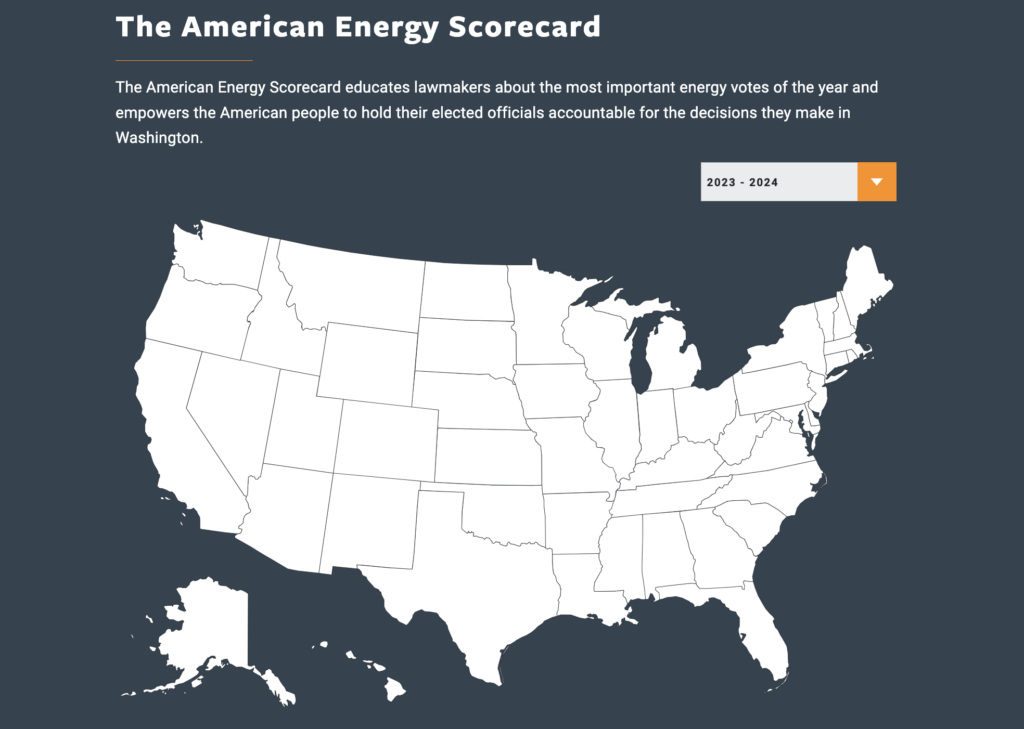WASHINGTON DC (9/10/24) – Last week, the American Energy Alliance released our 2024 American Energy Scorecard. We have since discovered that a tabulation error occurred in both the calculations regarding H.J.Res.27, a joint resolution rejecting an expanded definition of “Waters of the United States” under federal law, and the six-year scores for the Senators’ full terms. This error resulted in inaccurate scores for the members of the U.S. Senate. We regret the error and have fixed the tabulation. The updated Scorecard can be found on the AEA website.
The following is the corrected list of Senators in Senatorial Class I who we have identified as American Energy Champions during their latest term:
- Sen. Josh Hawley (R-MO) – 100%
- Sen. Ted Cruz (R-TX) – 96%
- Sen. Rick Scott (R-FL) – 96%
- Sen. Mike Braun (R-IN) – 93%
- Sen. Marsha Blackburn (R-TN) – 92%
The following members of Senatorial Class I are close runners up to our champions and should also be commended for their commitment to securing our energy future:
- Sen. Deb Fischer (R-NE) – 89%
- Sen. John Barrasso (R-WY) – 88%
- Sen. Roger Wicker (R-MS) – 82%
AEA President Thomas Pyle issued the following statement:
“For years, Americans have struggled under the weight of high inflation and increased energy and food prices. These Senators have made it a priority to fight for policies that empower our nation’s energy producers, lower energy and gasoline prices for American families and businesses, and preserve consumer choice. Congratulations to our American Energy Champions.”
AEA Experts Available For Interview On This Topic:
Additional Background Resources From AEA:


